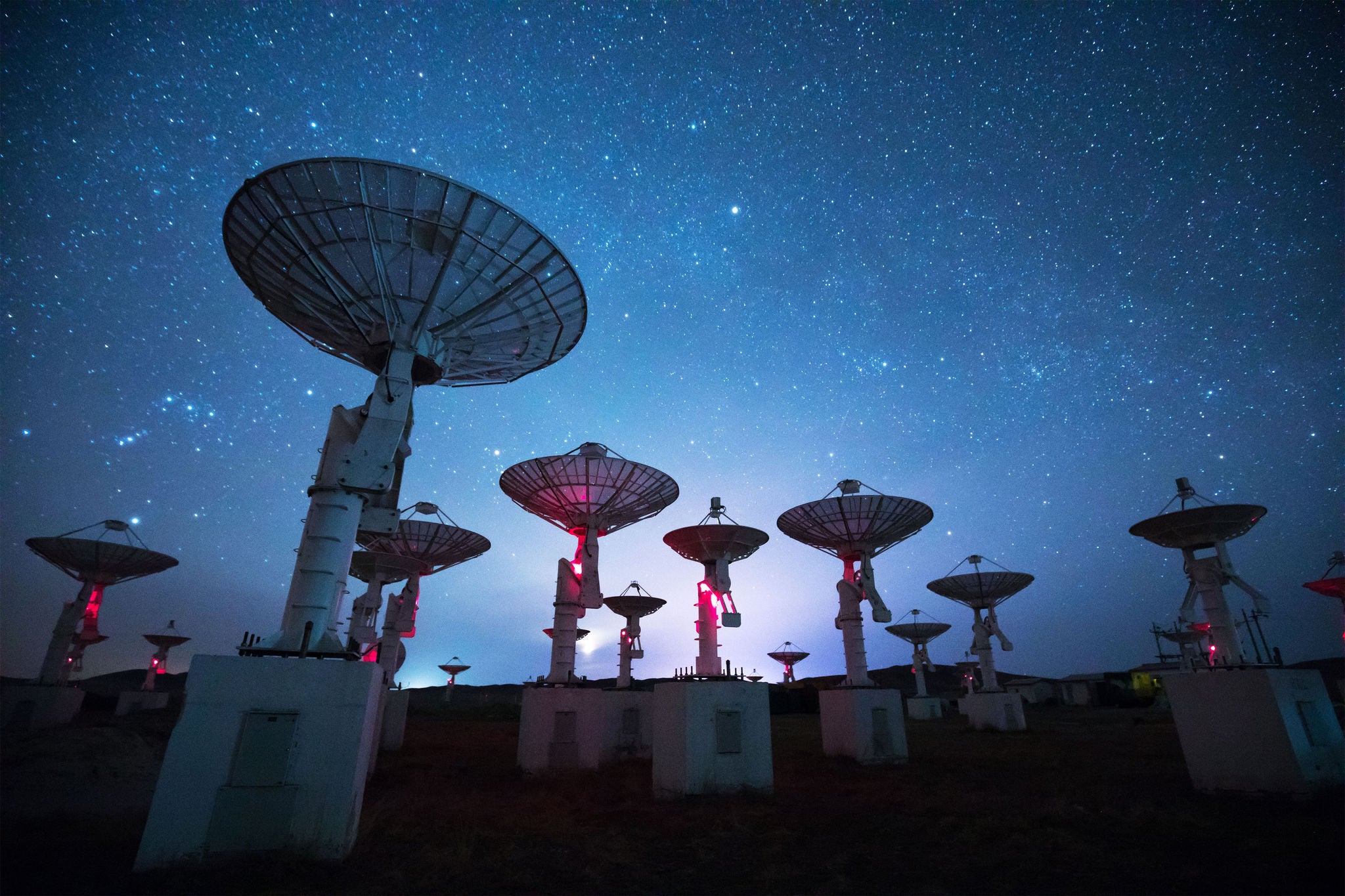EY refers to the global organisation, and may refer to one or more, of the member firms of Ernst & Young Global Limited, each of which is a separate legal entity. Ernst & Young Global Limited, a UK company limited by guarantee, does not provide services to clients.

As the potential for Space Tech to transform all manner of industries hits a new high, Australia is playing to its considerable strengths.
The inaugural Australian Space Summit splashed down in Sydney earlier this year with precision timing. The National Space Mission for Earth Observation had just been announced – led by the Australian Space Agency in partnership with CSIRO, Geoscience Australia, the Bureau of Meteorology and the Department of Defence – to design, construct, launch and operate four new satellites to strengthen our nation’s sovereign capabilities in space.
Last year, internationally respected Space Tech executive Enrico Palermo left his job as COO of Virgin Galactic to return home to Australia to take up the role of Head of the Australian Space Agency, which was founded in 2018. “A career in the space industry is now entirely possibly in Australia across a diverse set of disciplines and activities,” he told the Space Summit. “Our international partnerships are becoming stronger and expanding.”
The new Labor Federal government further fired up Australia’s space race with the announcement that NASA would send 75 of its team to oversee three rocket launches from Arnhem Land in June and July, 25 years after the last such launch from our soil. The 13m rockets will arrive in Nhulunbuy by barge and launch up to 300km out into space on data-collecting missions. They will launch from the Arnhem Space Centre, which is operated by the Equatorial Launch Australia, who say the spaceport is the “only commercially owned and run multi-user launch site in the world”.
Australia’s $150 million Moon to Mars initiative has earmarked $50 million for Australian businesses and researchers to develop and build a small rover, which will head to the Moon with NASA as early as 2026. The rover will collect lunar soil and deliver it to the NASA equipment, which will try to extract oxygen from it – it’s all a part of establishing sustainable human presence on the planet, as well as supporting future missions to Mars.
In January this year, Australia set up Defence Space Command, an ambitious move that brings together our Air Force, Army, Navy and the Australian Public Service, reporting to the Chief of Air Force. It’s a clear message of how important access to space is for our nation. As Palermo said about the launch of Space Command, “We have strong alignment on the need to build sovereign capability, and ensure Australia is not just a consumer of space technologies, but a contributor, making us an indispensable partner internationally.”
Why Australia
Australia’s space industry today is comparatively small when you stand us alongside NASA and the European Space Agency, but we have a long history of being involved with space, perhaps most memorably when our radio telescope in Parkes enabled the world to watch the first human steps the crew of Apollo II took the Moon in 1969.
Our space science and technology is world-leading, and the opportunities for local industry are gathering momentum. “Australia is the belle of the ball at the moment,” said James Brown, CEO of the Space Industry Association of Australia (SIAA), when he returned from the Space Symposium in Colorado in April, where Australian companies had turned up in force. “We’re a partner of choice … everyone is interested in working with Australia.”
Our geographical location is an advantage, too. “We can use our position in the southern hemisphere to provide space situational awareness – we can monitor the skies for traffic as well as receive communications from both our own satellites and others,” says Professor Alan Duffy from Swinburne University’s Space Technology and Industry Institute. “That’s an area where Australia is truly world leading.”
Why now
EY is connecting our clients with academia at the forefront of space innovation. We have entered into a collaboration with Swinburne University’s Space Technology and Industry Institute to help drive commercialisation of their research, bringing real-world challenges to solve. It’s early days but connecting their brilliant minds with our clients is already delivering results as we explore the enormous potential.
I represented EY on a panel at the Space Summit to discuss exactly this – how academia and industry connect in the space sector. The Space Tech hub is a new and fast-growing part of EY’s business, and our partnerships with the research community are critical.
Space is burgeoning with both downstream and upstream opportunities.
For the former, utilising data captured from Space on Earth is still a relatively untapped source of opportunity for many industries in Australia. We know it holds the potential to solve some of our greatest challenges – from preventing bushfires to flood prevention and addressing climate-change issues. Together with our partners and our clients, our growing EY Space Tech team is tackling this and more.
Upstream in-orbit is part of the play, too. Australia is investing in developing sovereign capabilities – building our own satellites is key – rather than rely on the technologies and second-hand data from other nations for security reasons.
How we can compete
As we embark on the journey of harnessing the power of Space Tech to improve life here on Earth, there are important factors to keep front of mind.
Given we’re operating in such an innovation-rich sector, clarity around purpose is more important than ever. We know that it’s possible that advances in technology might leapfrog our ambitions – in a good way.
New discoveries can enable projects to move faster or reveal possibilities that we hadn’t even considered at the outset. That’s a great position to be in, but it also has the potential to confuse expectations. Like any form of innovation, we must clearly articulate the purpose of what we set out to achieve to ensure we have a steady guiding light, even when opportunities shift.
Closely related to Purpose is Trust. Trust is core to all of what we do at EY, but as we navigate the new frontier of Space Tech, it’s especially important. AI will drive many of the technologies emerging in the space sector, particularly for Earth Observation solutions. Knowing that the regulations around AI already lag on Earth, it’s vital to be on the front foot to drive trust and ethics in AI in Space Tech, where it is an even more powerful technology.
Utilising EY’s Trusted AI Framework, we are supporting further work to elevate Trusted AI in space. In acknowledgment of the importance of research on this topic, we have also co-sponsored a PhD focused on Responsible AI in Space with Swinburne University.
As with any transformation – and I believe Space Tech is the biggest of our generation – it’s important that we are able to articulate the scope of the potential, explain the benefits and address the doubts.
We want to inspire others to begin to explore the opportunities that space presents. The sky is indeed not the limit for organisations from every sector to develop entire new strategies for value creation.
Register your interest for insights from
Space Tech
Summary
Implementation of case management and data sharing platforms has brought about measurable positive outcomes for communities internationally reducing wait time for services, earlier and proactive support for vulnerable people and their families. For service providers, the solution delivers better and informed service planning and commissioning, allows increased collaboration for effective service delivery, increases accuracy in prediction of needs with better targeted and sustainable service delivery. For policy makers they can rely on improved quality control, greater visibility of efficacy of support and efficient resource allocation.


